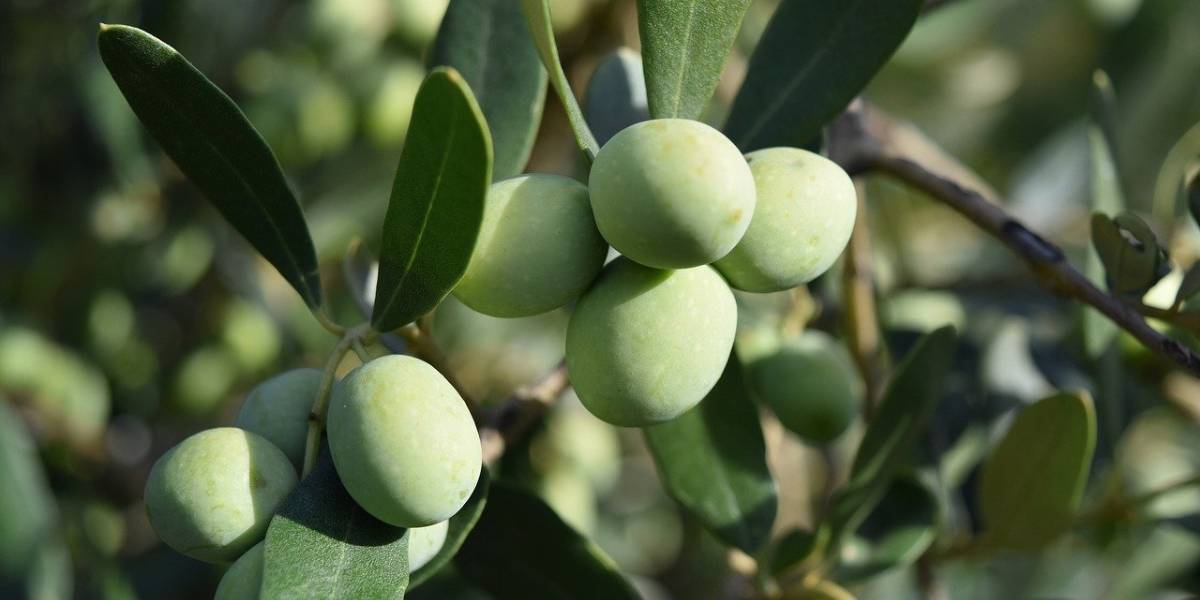The damage caused by the olive fruit fly to the yield is different. First of all, the destruction of the pulp due to the activity of the larvae, followed by the pre-harvest early drop that indirectly has an effect on the quality of olives and oil.
The loss of the pulp is a small damage: it does not exceed 3-5% of the fresh weight. The pre-harvest early drop is economically more important, because it can affect a substantial part of the production.
Such damage also leads to biochemical alterations in the olive that compromise the quality of the oil. The most known effect is the increase of the acidity degree, but also the reduction of antioxidant compounds, the alteration of the acidic composition and other biochemical characteristics peculiar to the oil and that of volatile substances, causing changes and defects that alter the taste.
Olive fruit fly monitoring with traps and catches
Different types of traps are used to monitor adults: with pheromones, food or yellow chromotropic. In OLIWES platform the farmer is able to geolocate the trap in the map and indicate all its characteristics, so as to have support also in managing them (expiration of the pheromone, replacement of the trap).
It is also possible to monitor the trend of the infestation by recording the catches: OLIWES will produce a graph for each trap, so as to act promptly with defense measures.

Catches chart in OLIWES platform
When the optimal conditions for oviposition occur, the presence of the insect should be detected weekly. For this reason, it is essential to use forecast models, which allow to identify the right moment to start monitoring thanks to the indications provided on the percentage proportions with which the population is distributed among the various stages and the generation to which it refers.
Drupes sampling
OLIWES’ “Samplings” feature allows to record the monitoring carried out on drupes and to evaluate the active infestation. It can be controlled and limited by larvicidal treatments: it corresponds to all the eggs, larvae of I and II age found. In case the active infestation is higher than 10%, it is recommended to proceed with a treatment.
The active infestation of the olive fruit fly should also be checked weekly (on 100 olives/ha). In order to carry out a more incisive control, the olives are taken from as many plants as possible, with a homogeneous coverage of the olive grove.
OLIWES is therefore a tool that farmers can use to manage the olive grove in a sustainable way and to apply effective defense strategies to increase both the yield and the quality of olives and oil.






